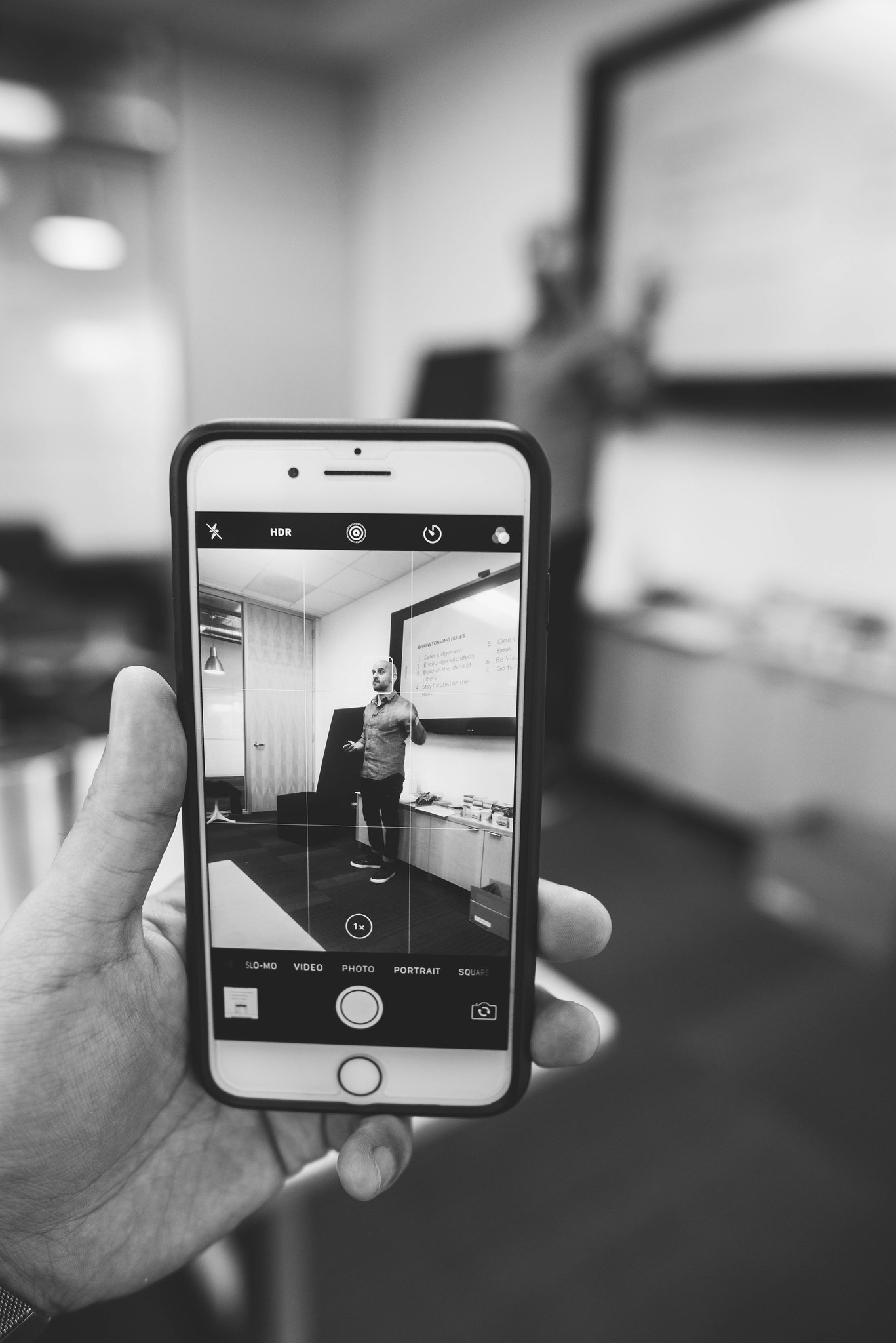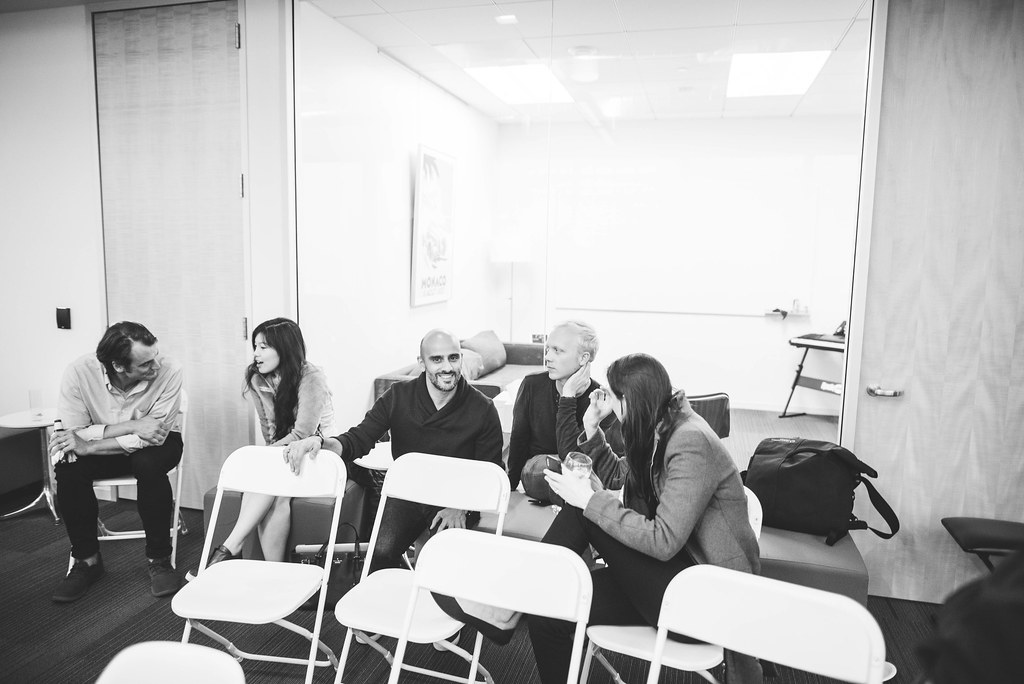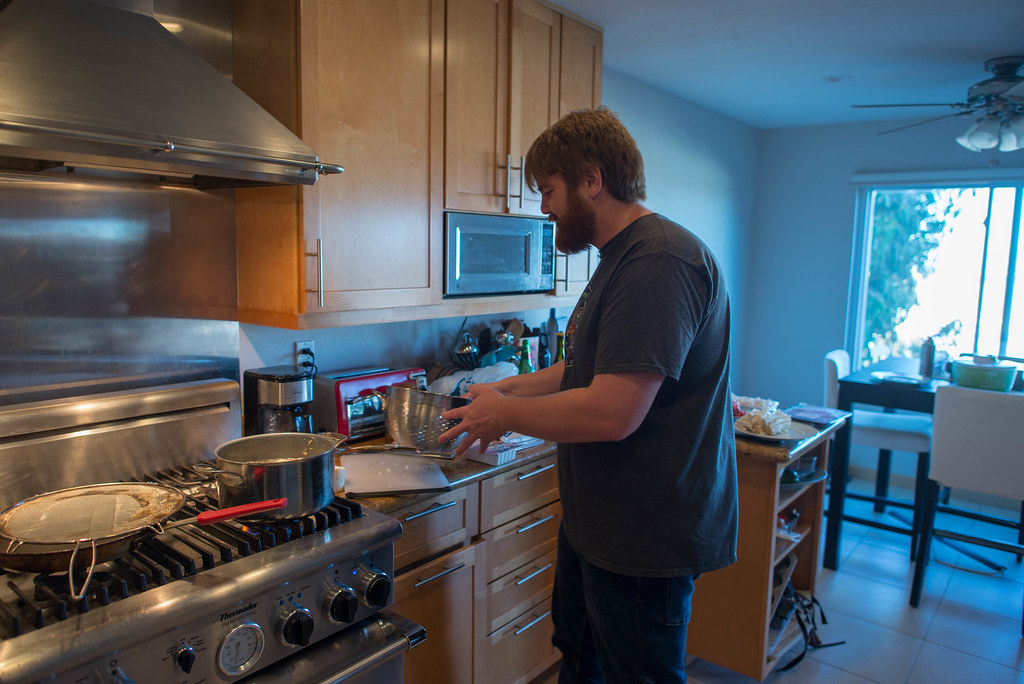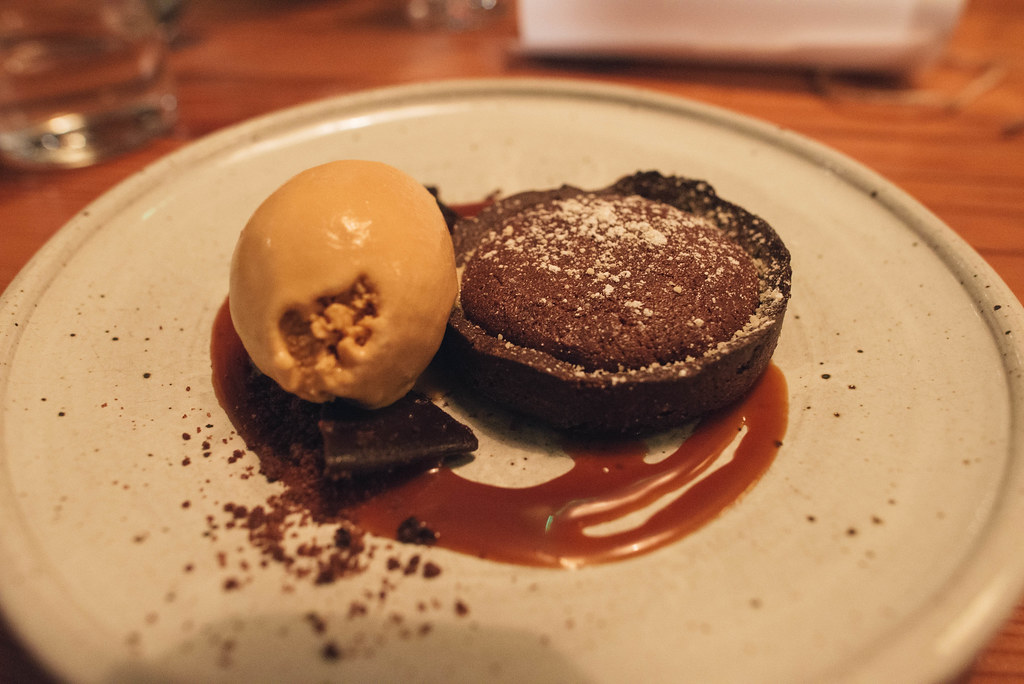
AirBnb created unscalable prototypes (like take brighter photos) to grow.
I attended a masterclass with Sina this afternoon. It was pretty fun, and it was a great reminder of why it’s important to stay close to our users. I’ve always been a fan of IDEO and have been moved by their work ever since I was in college. Here’s an old post I did about The Art of Innovation–it echoes the same concepts that Sina shared today.

By spending more time with our users and asking them questions around their work flow, we can understand their problems. They spend time actually in the homes of their customers, diving deep into the heart of the problems first (versus start with a solution and making assumptions).

The different groups sharing ideas and concepts.
One of the greatest take-aways is that creativity and innovation is not an efficient process. If you want efficiency, it’s best to go out and copy what’s already out there. If you want innovation, it’s an involved process and requires time to discover.

The classic IDEO rules of brainstorming.
IDEO has made a business around user centric design and innovation. They’ve helped some of the largest companies solve the most difficult problems. Sina went through a ton of examples—too many for me to list. If you have time, you should reach out to him and get a copy of his preso.

One of the early exercises to break the ice–draw the person to your right.
We spent time going through an exercise, exploring how to innovate around a toothbrush and oral hygiene. We posted as many problem areas as possible, and then followed up with potential solutions. Then we voted on the one that we wanted to explore.

Sticky notes with small illustrations, large legible type, drawn with permanent marker.
My group designed a Roomba for your mouth. We prototyped something that looked like a mouth guard out of playdoh. The opportunity and problem we wanted to solve was freeing up your hands and letting you multi-task. Brushing your teeth requires 3-6 minutes each time, so why not automate it?

A couple of small prototypes with drawings.
The next step in the design process would be to take the prototype to people and start getting feedback quickly, and iterate. Each time diving deeper into the problem we’re solving.

It was a great session—more importantly, it’s a reminder to stay closer to our users. As we launch our product, we need to walk in the shoes of people who use the product first and be human-centric.
Lastly, I wanted to share a couple of my favorite quotes from the session:
- “Prototypes are sacrificial concepts. Build to learn.”
- “People are not binary. What people say, think and feel is always contradictory.”
- “Immerse yourself and become the person you are designing for. Go to their homes, to their workplace and where it matters. Take a look at their family album. Deep dive to find the problems.”
- “The more creative you are, the more process and structure you need to put around it.”
- “It’s not about listening to the expert, it’s about knowing the humans.”
I wanted to thank the Expa team for coordinating the event. This is the foundation of design, and it’s why I started in the first place. It’s too easy to get caught up with metrics, backlogs, etc. I need to go outside, get out of the pixels, and actually live with the users.




































